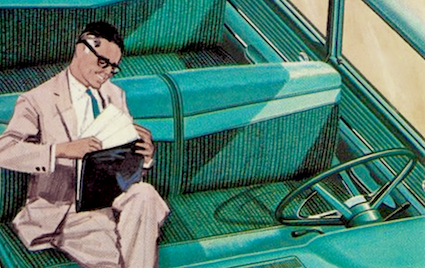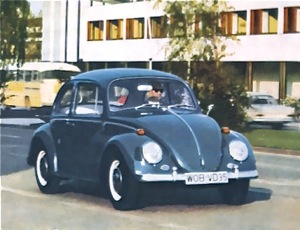by James Kraus Bad Design

Ominous, malevolent and sinister front ends of the 1950’s. Source: Design Quarterly
Automobiles have become more and more aggressive looking of late. A number of them, with their snarling grilles and squinting headlamps, have in fact crossed the line to surly and repulsive, displaying an unpleasantness last seen in the 1950’s.
This may have something to do with the fact that most of the world’s automobile manufacturers established design studios in Southern California some years ago.
Wine aficionados frequently discuss the effects of terroir on their favourite cuvées. The concept of terroir is that the local environment in which the vines grow (weather, soil, etc.) significantly affects the final product. In the same vein, could it not be that the local environment (architecture, clothing styles, attitudes, etc.) affects designers and their output?
Read the rest of this entry ››



















